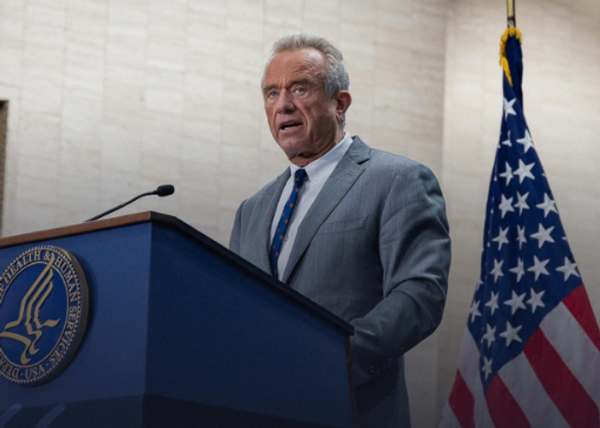
Australia’s economy all but stalled in the March quarter as households’ rising debt costs curbed spending, countering extra outlays from governments.
The country’s gross domestic product rose 0.1% in the first three months of 2024, the Australian Bureau of Statistics said on Wednesday. On an annual basis, the economy grew 1.1%.
Economists had predicted quarterly GDP growth to come in at 0.2%, slower than the revised 0.3% pace of the final three months of 2023. Annual growth was expected to slow to 1.2% from 1.5% in the December quarter.
“GDP growth was weak in March, with the economy experiencing its lowest through-the-year growth since December 2020,” the ABS head of national accounts, Katherine Keenan, said. Excluding the Covid era, the 1.1% pace was the slowest since the March quarter of 1991.
On a per capita basis, GDP shrank for the fifth consecutive quarter, falling 0.4% in March and 1.3% from a year earlier, she said.
A buildup of inventories added 0.7 percentage points to GDP quarterly growth while a drop in trade volumes lopped 0.9 percentage points from growth. Business investment, though, slipped for the first quarter since the June quarter of 2020.
Spending might have been worse if not for big events in the quarter, including sold-out concerts from Taylor Swift and Pink. The Australian Grand Prix was also held in the March quarter for the first time since 2019, potentially bringing forward spending from the June quarter, when it has often run.
The wage price index also picked up 0.8% for the quarter and remained above 4% compared with a year earlier for the third quarter in a row. Such a stint hadn’t been recorded in 15 years, the ABS said.
The treasurer, Jim Chalmers, said: “The primary cause of this very weak growth was higher interest rates, combined with moderating but persistent inflation and ongoing global uncertainty.
“This [outcome] justifies the government’s approach to fighting inflation without smashing the economy, when growth was already soft and people were already under pressure.”
Chalmers added that “these new numbers show we got the budget right”.
The main drag on the economy has come from the 13 interest rate rises by the Reserve Bank since May 2022, with the 4.25 percentage-point increase the most since the early 1990s. The central bank wants to bring annual inflation back to within its 2-3% target range and was last recorded at 3.6% in April.
The RBA governor, Michele Bullock, told Senate estimates on Wednesday that monetary policy was “restrictive”. The economy, though, remained on a “narrow path” of bringing down inflation without sending the unemployment rate soaring.
Market reaction was modest, implying little impact of the GDP figures on interest rate expectations. The Australian dollar was hovering at about 66.5 US cents while the ASX200 share index briefly pared some of its morning gains before recovering to be about 0.25% higher for the day at noon.
The chief economist at Betashares, David Bassanese, said the economy was “only a hair’s breadth from falling backwards” in the March quarter.
“[H]ousehold spending on largely service-related areas outside of the retail sector was surprisingly firm in the quarter – which in turn may help explain the stickiness of service sector inflation so far this year,” he said.
Exports, non-residential construction and public investment were the surprise drags on growth, but these should all rebound in coming quarters.
“The RBA would be concerned that consumer spending on services last quarter appeared to be quite firm, even before next month’s tax cuts kick in,” Bassanese said. “While it’s still likely the RBA will keep rates on hold for much of this year, the risks of a rate hike have not gone away despite today’s soft GDP result.”
The ABS said households saved only 0.9% of their income in the March quarter. This contributed to total savings remaining below 2.0% for a year, for the first time since the March quarter of 2008.
Interest paid on mortgages rose by 3.9%, which was the slowest quarterly rise since the March quarter of 2022, the ABS said.
For the quarter, household spending was up 0.4%, with spending on electricity and gas up 4.9%. However, compared with a year earlier, total household spending on goods was down 0.6%.
Government final consumption expenditure rose 1% in March, with national outlays up 1.2% while those at state and local level rose 0.8%.
Among the states and territories, New South Wales bounced back from the December quarter’s 0.4% retreat in final demand to be up 0.5% for the first three months of the year. Growth remained absent in Victoria for a second consecutive quarter, while Queensland’s 0.6% growth was again the fastest among the bigger states.







